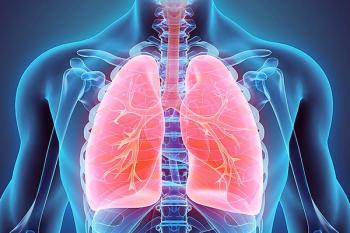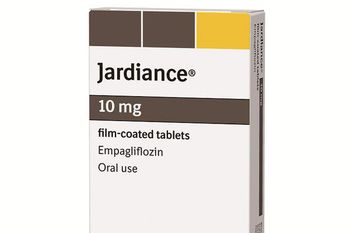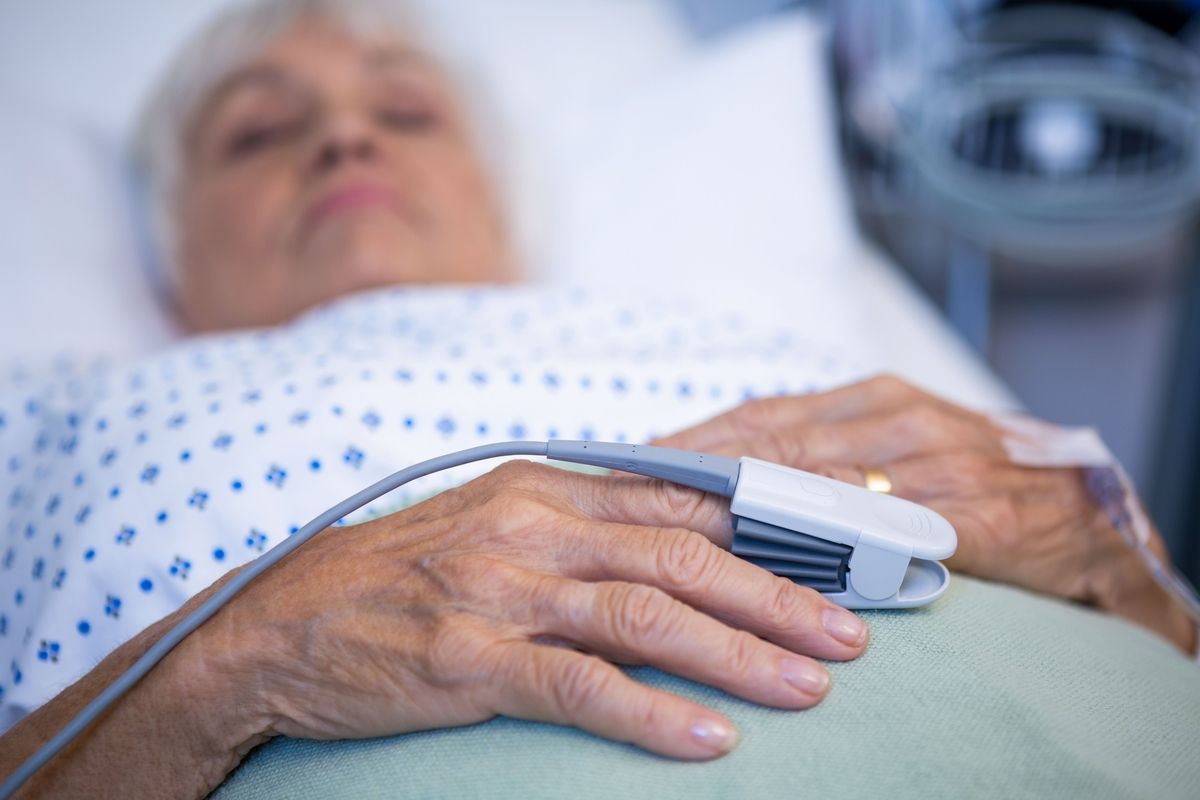
Clinical
Latest News

Latest Videos

CME Content
More News

Dr Haumschild leads a discussion regarding cost-associated burden for patients with MDS.

Keith C. Ferdinand, MD, FACC, FAHA, FASPC, FNLA, professor of medicine and the Gerald S. Berenson Endowed Chair in Preventative Cardiology, Tulane University School of Medicine, discusses the results of the recently halted FRESH trial, why there is such a great need for new antihypertensive agents, and possible contributory factors to outcome disparities between Black and White patients.

Major depressive disorder treatment failure can lead to subsequent costs and poor outcomes, affecting payer considerations in the treatment landscape.

A panel at the annual American Heart Association conference held in Chicago, Illinois, discussed ways in which cardiovascular disease (CVD) care was affected by equity issues between White and Black patients.

Consequences attributed to poorly controlled and recurrent MDD are evaluated by Michael Rothrock, MBA, MHA, and H. Eric Cannon, PharmD, FAMCP.

Posters presented at the American Heart Association conference in Chicago, Illinois, evaluated the insights from the VICTORIA trial and their generalizability to patients hospitalized with heart failure with reduced ejection fraction (HFrEF).

Recent research suggested the idea of combining chimeric antigen receptor (CAR) T-cell therapy and Bruton’s tyrosine kinase (BTK) inhibitors for certain patients with advanced mantle cell lymphoma (MCL).

Jennifer Green, MD, professor of medicine at Duke University School of Medicine, member of Duke Clinical Research Institute, and EMPA-KIDNEY collaborator, discussed findings of the EMPA-KIDNEY trial presented at Kidney Week 2022, which showed a 28% improvement for patients with chronic kidney disease (CKD) on empagliflozin, whether in reduced mortality from cardiovascular disease or progression of CKD.

Colombia and Brazil had the highest prevalence and incidence of systemic lupus erythematosus (SLE), a new investigation found.

Children and families living in low-income neighborhoods have the highest rate of respiratory syncytial virus (RSV) hospitalizations, according to researchers.

Empagliflozin, a sodium-glucose cotransporter 2 (SGLT2) inhibitor, reduced the risk of death or worsening progression of chronic kidney disease (CKD) by 28%, according to results published Friday at Kidney Week 2022.

The SOGUG-AUREA study explored overall survival of atezolizumab plus split-dose cisplatin-gemcitabine in patients with locally advanced and metastatic urothelial cancer.

Enfortumab vedotin monotherapy or its combination with pembrolizumab could significantly evolve the treatment landscape for urothelial cancer.

The probability of drug interactions increases when genetic polymorphisms are considered, indicating that pharmacogenetic assessment may be useful in predicting the presence and severity of interactions.

A new report found interesting links between genetic factors associated with COVID-19 severity and autoimmune disease among persons who have systemic lupus erythematosus (SLE).

The American Heart Association (AHA) will hold its annual conference in person in Chicago and online from November 5-7, with sessions on health equity and gene editing receiving particular focus.

Drs Fazal and Zeidan illustrate the roles and challenges of implementing oral therapies in MDS treatment management.

Clinical pathways in MDS treatment are explored by Amer Zeidan, MBBS, MHS, and Jay Weaver, PharmD, MPH.

Recent FDA approvals and therapies under FDA review are adding new treatments to the armamentarium, said Paul Hahn, MD, vitreoretinal surgeon at NJRetina.

A recent study supports the notion that non–driver mutations in essential thrombocythemia (ET) and polycythemia vera (PV) have predictive value and found that a proposed international prognostication model may be useful for Japanese patients.

Expert panelists discuss the lack of diversity among available treatment options for MDD.

Michael Rothrock, MBA, MHA, and H. Eric Cannon, PharmD, FAMCP, open a discussion surrounding payer considerations relating to the treatment of major depressive disorder (MDD).

Emerging therapies for psoriasis and psoriatic arthritis (PsA) include treatments that target interleukin (IL)-23 and IL-17, which could lead to the approval of new IL-23 and IL-17 inhibitors, as well as expanding the use of currently approved options.

Having a plan in place to educate providers and the pharmacy team has contributed to the success that Rocky Mountain Cancer Centers (RMCC) has had with rapidly implementing biosimilars, said Timothy Murphy, MD, medical oncologist/hematologist with RMCC.

Dr Siefker-Radtke explores unmet needs in the treatment of patients with urothelial cancer and how novel immunotherapies can address some of the challenges with traditional chemotherapy.













































